Documentary about Charles Gagnon, Québécois politician, FLQ member and communist leader.
Related Movies
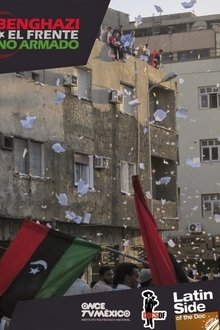
Benghazi: Beyond the Frontline (2013)
Beyond the hostilities of the Libyan civil upheaval rose one of the most compelling expressions of the Arab awakening: an unarmed front. For a full year we follow the peaceful battle that began during the first days of the uprising. We see artists, intellectuals, ex-military, and young Libyans who sought to lead a different kind of revolution, one of ideas. Beyond the Frontline is an intimate and humane story. It explores the contradictions that coexist within Libyan society, in their struggle for justice and liberty.
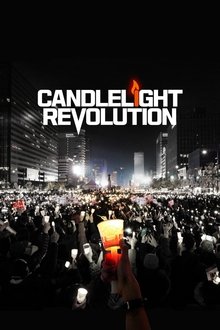
Candlelight Revolution (2022)
“What kind of person do you think former President Park Geunhye is?” Sohn Seokhee, a journalist, gives a clear and sharp answer that he “shares the common ideas that people in our country have.” That common idea has led millions to bring candles to the streets, correcting a thread of history that has gone awry, and gather a sense of hope among people. Candlelight Revolution portrays the voices of citizens from various generations, political figures of different parties, and the witnesses of an administration under improper influence. It is a documentary that identifies the genuine structure of politics and society by following how Park entered politics along with government records up until March 10.
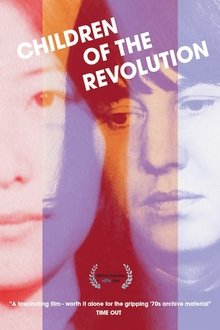
Children of the Revolution (2011)
Inspired by the student revolutions of 1968, two women in Germany and Japan set out to plot world revolution as leaders of the Baader Meinhof Group and the Japanese Red Army. What were they fighting for and what have we learned?
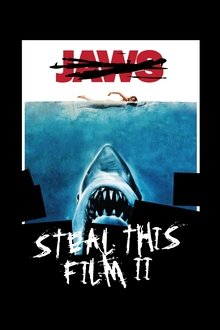
Steal This Film II (2007)
These are strange times indeed. While they continue to command so much attention in the mainstream media, the 'battles' between old and new modes of distribution, between the pirate and the institution of copyright, seem to many of us already lost and won. We know who the victors are. Why then say any more?

Living the Utopia (1997)
A retrospective look at the anarcho-syndicalist and anarcho-communist experience in Spain from 1930 until the end of the Civil War in 1939.

1848 (1950)
The film explains the French Revolution of 1848. Bernard Blier's narration is supported by pictures once drawn by contemporary artists including Honoré Daumier. Preserved by the Academy Film Archive in 2010.

Die Dichter und die Räterepublik (1990)
Documentary film with play scenes about the rise and fall of the short-lived Bavarian Soviet Republic in 1919 from the perspective of various well-known poets and writers who experienced the events as contemporary witnesses.
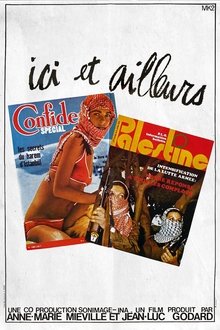
Here and Elsewhere (1976)
Here and Elsewhere takes its name from the contrasting footage it shows of the fedayeen and of a French family watching television at home. Originally shot by the Dziga Vertov Group as a film on Palestinian freedom fighters, Godard later reworked the material alongside Anne-Marie Miéville.

The Tentmakers of Cairo (2015)
Amid the tumult of the Arab Spring in Cairo, vendors in a small souk observe the political upheaval while seeking to preserve an ancient tradition of fabric making.
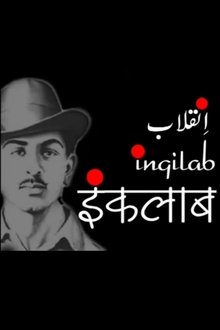
Inquilab (2008)
A documentary that traces the life and times of Bhagat Singh, a committed Marxist who fought against British imperialism in undivided India and most ably exemplified the spirit of revolutionary resistance in the struggle for freedom.
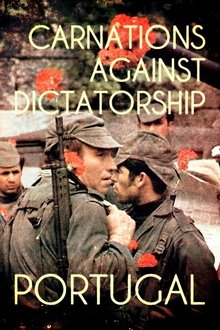
Portugal: Carnations Against Dictatorship (2024)
In Portugal, during the night of April 24-25, 1974, a peaceful uprising put an end to the last government of the Estado Novo, the authoritarian regime established in 1933 by dictator António de Oliveira Salazar (1889-1970), paving the way for full democracy: a chronicle of the Carnation Revolution.
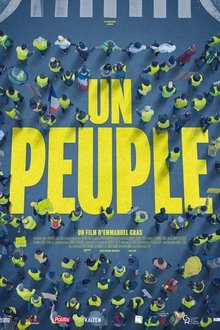
A French Revolution (2022)
October 2018, France. Macron’s government decrees a tax increase on the price of fuel. A wave of protests starts to grow. Citizens mobilize throughout the country: this is the beginning of the Yellow Vests movement. In Chartres, a group of men and women gather daily. Among them, Agnès, Benoît, Nathalie and Allan commit themselves to the collective struggle. Like a whole nation, they discover that they have a voice to be heard...

UNCOUNTED - The Story of the California Election (2016)
In an extensive mini-documentary by Michelle Boley (@roguekite) and Taylor Gill (@taylorcgill) and produced by TYT and Rogue Kite Productions, the true story of what happened leading up to and after the 2016 California Democratic Primary is uncovered.

Taiwan: The Generation After Martial Law (1990)
This program illustrates how video activists have developed sophisticated use of small format video, with poetic and powerful imagery, complex mixes of sounds and scores and an effective editing style that belies the urgency under which it is being made. The video movement in Taiwan has made successful use of home cassette distribution, via both mail and street vendors. The Green Team collective has pioneered in this effort with over 100 titles in distribution, documenting the struggles of farmers, students, workers and environmentalists.
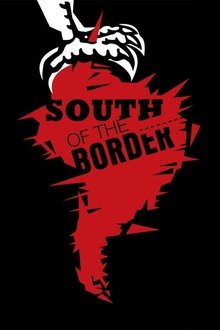
South of the Border (2009)
A road trip across five countries to explore the social and political movements as well as the mainstream media's misperception of South America while interviewing seven of its elected presidents.
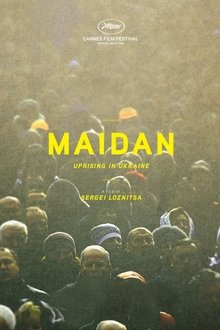
Maidan (2014)
A chronicle of the civil uprising against the regime of Ukrainian president Viktor Yanukovych that took place in Kyiv in the winter of 2013/14. The film follows the progress of the revolution: from peaceful rallies, half a million strong in the Maidan square, to the bloody street battles between protesters and riot police.

Maestra (2012)
Cuba, 1961: 250,000 volunteers taught 700,000 people to read and write in one year. 100,000 of the teachers were under 18 years old. Over half were women. MAESTRA explores this story through the personal testimonies of the young women who went out to teach literacy in rural communities across the island - and found themselves deeply transformed in the process.

Nasser's Republic: The Making of Modern Egypt (2016)
In 1952 a young Egyptian colonel named Gamal Abdel Nasser led a coup that became a revolution, winning the support of millions of his countrymen. Over the next 18 years he challenged Western hegemony abroad, confronted Islamism at home, established the region’s first military authoritarian regime, and faced deep divisions among the Arabs.
